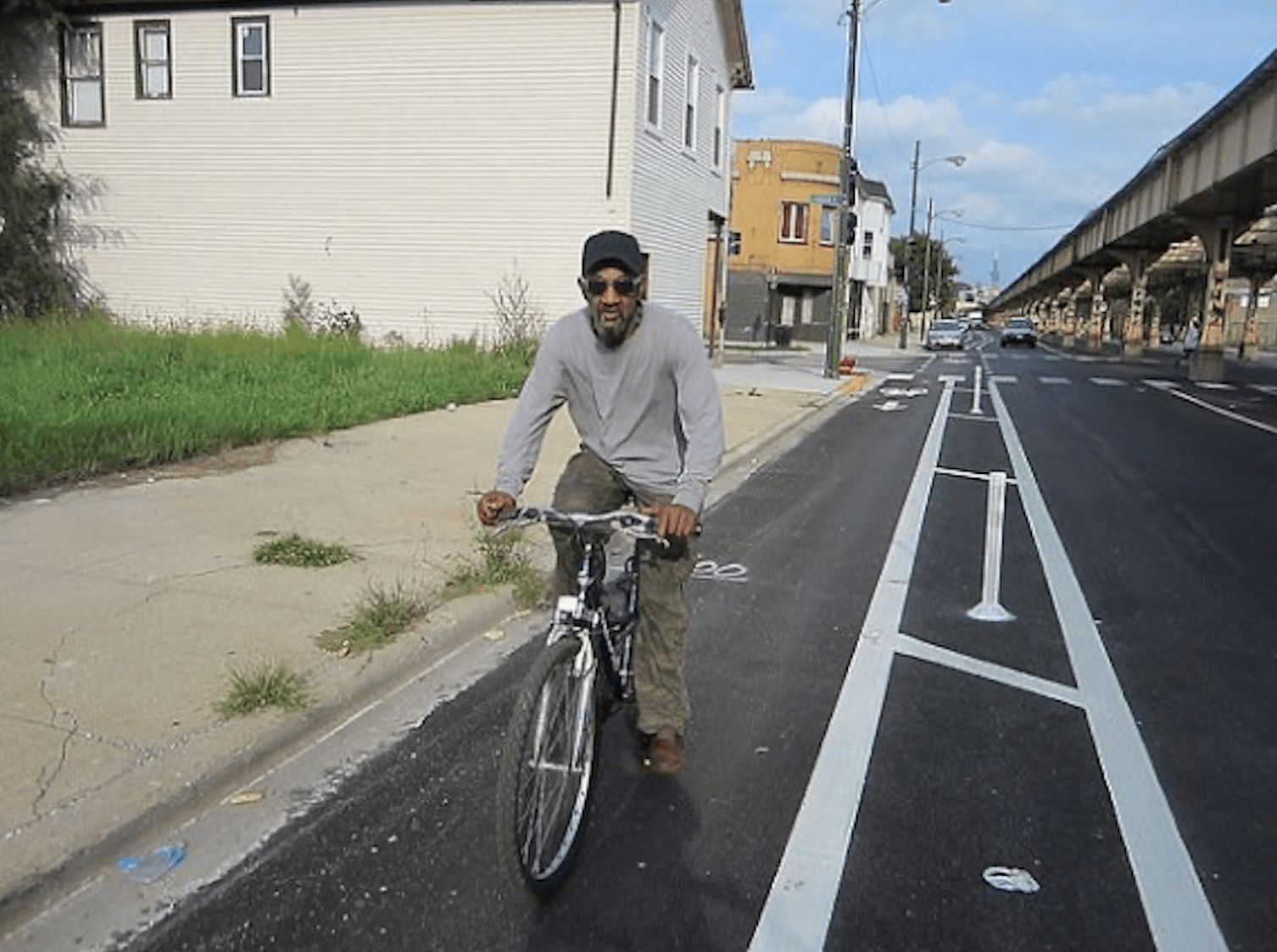There are lots of thoughtful and necessary COVID-19 response demands in the "Mobility Justice and COVID-19" manifesto recently published by The Untokening. The group calls itself "a multiracial collective that centers the lived experiences of marginalized communities to address mobility justice and equity."
One idea from the manifesto that particularly excited me was "Direct public funding to community bicycle shops that can distribute vehicles and provide repair at a neighborhood level." By providing bikes to those who cannot afford a new or used cycle, you lower the barriers for biking and improve mobility for people experiencing economic hardship during a time when transit should be used as a last resort.
Right now in Chicago, CTA bus service is free to allow for rear-door boarding to reduce the driver's risk of viral exposure. However, that will change after the agency finishes installing rear-door fare card readers in a few week.
The city has also cut the price of an annual Divvy bike-share membership in half during the pandemic, to $49.50, and single rides are reduced from the usual $3 to only a dollar. $5 annual Divvy for Everyone memberships are still available to lower-income Chicagoans. Previously it was necessary to show up in person at one of a handful of sites during business hours to sign up, which may be impossible during COVID-19, but nowadays you can also register for the program online. But it would be even easier and more affordable if the city simply made Divvy free for everyone during the crisis. (It's already free for healthcare workers during at this time.)
When I first heard about dangerous crowding on some South Side bus routes during the pandemic, such as 79th Street, I saw this as a symptom of the fact many South Siders don't see biking as a safe or practical alternative to riding the bus, even at a time when biking is a great option for socially-distanced transportation. That perception is based on the reality that Chicago doesn't have an equitable distribution of bikeways, and most of our bike lanes are merely paint on the road, which provides no physical protection from being struck by drivers.
So along with funding for bike distribution, funding for the creation of temporary protected bike lanes and expanded bike parking is necessary. If we had truly safe bikeways that went places people need to go, for example down 79th Street, people would be less reliant on transit and have more transportation options.
The new bike lanes could be protected with Jersey barriers and parallel bus routes experiencing crowding. Many of these roads are wide arterials that are currently experiencing a major reduction in car traffic, so converting travel lanes to bike lanes would cause zero congestion issues. On the contrary, they'd help calm traffic at a time when many people are driving dangerously fast.
Many South Side communities are food deserts, with poor access to fresh, healthy, and fairly-priced groceries. Therefore people who don't own cars on the South Side often have to depend on transit to get supplies. By providing a safe way for people to use bicycles as an alternative to transit to complete their essential trips, we could help them reduce their risk of viral exposure. It would also be helpful to provide people with info and resources to facilitate carrying purchases on bikes.
Chicago has done absolutely nothing to create more space for socially-distanced biking and walking during the pandemic, but has instead closed the city's most important car-free commuting corridors, the Lakefront Trail and The 606. Meanwhile peer cities like New York, Bogotá, Mexico City, Paris, Berlin, and Milan are creating wider and/or new bike lanes to meet the demand for cycling at a time when transit is less safe.
Our city would do well to proactively expand our bike lane network in order to prepare for residents’ reluctance to ride transit again once the stay at home order is lifted and their workplaces reopen. The Chicago Department of Transportation could partner with the CTA to poll current South Side transit riders about whether they would be interested in switching to biking if a temporary protected bike lane was installed parallel to or adjacent to the bus routes they ride. CTA customers could submit their feedback via text message, similar to how riders can text a number for bus arrival information.
So creating emergency protected bike lanes right now would help prevent COVID-19 infections by reducing people's exposure to the virus. And, who knows, even after the pandemic is just a bad memory, South Siders may still want those bikeways in place so they can continue to have more options for safe transportation.
Here are some tips on preventing the spread of COVID-19, and advice for Chicagoans on what to do if you think you may have been exposed to the virus.





